Human trafficking is reported to be the world’s fastest growing criminal activity, worth multiple billions of dollars in the United States alone. In the U.S., the number of sex and labor trafficking victims is estimated to be in the hundreds of thousands.
The Human Rights Center has worked on issues of modern slavery for decades — specifically in the United States. Our most recent work on anti-trafficking focuses on developing and evaluating an innovative family-based foster care pilot designed to serve Bay Area youth who have experienced or are at risk of commercial sexual exploitation. This ongoing multi year project is being conducted in partnership with the City of San Francisco’s Department on the Status of Women, Freedom Forward, and other Bay Area-based service providers.


Supporting Foster Youth at Risk of Commercial Sexual Exploitation
View ProjectPartners


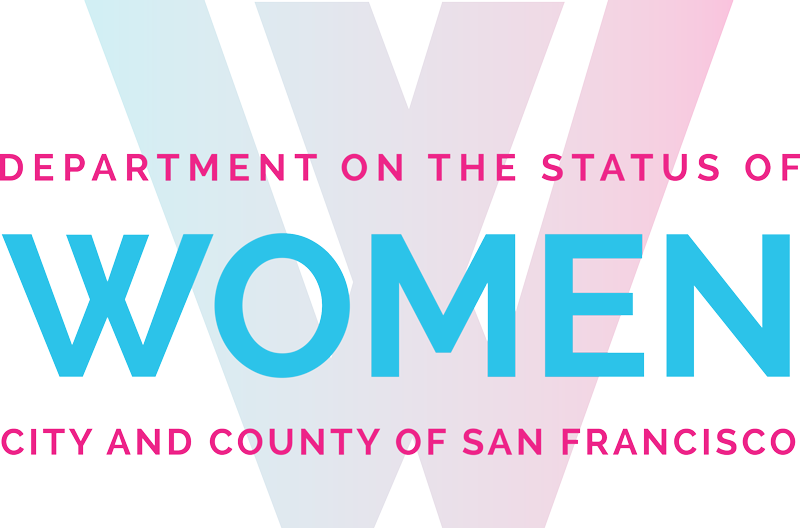
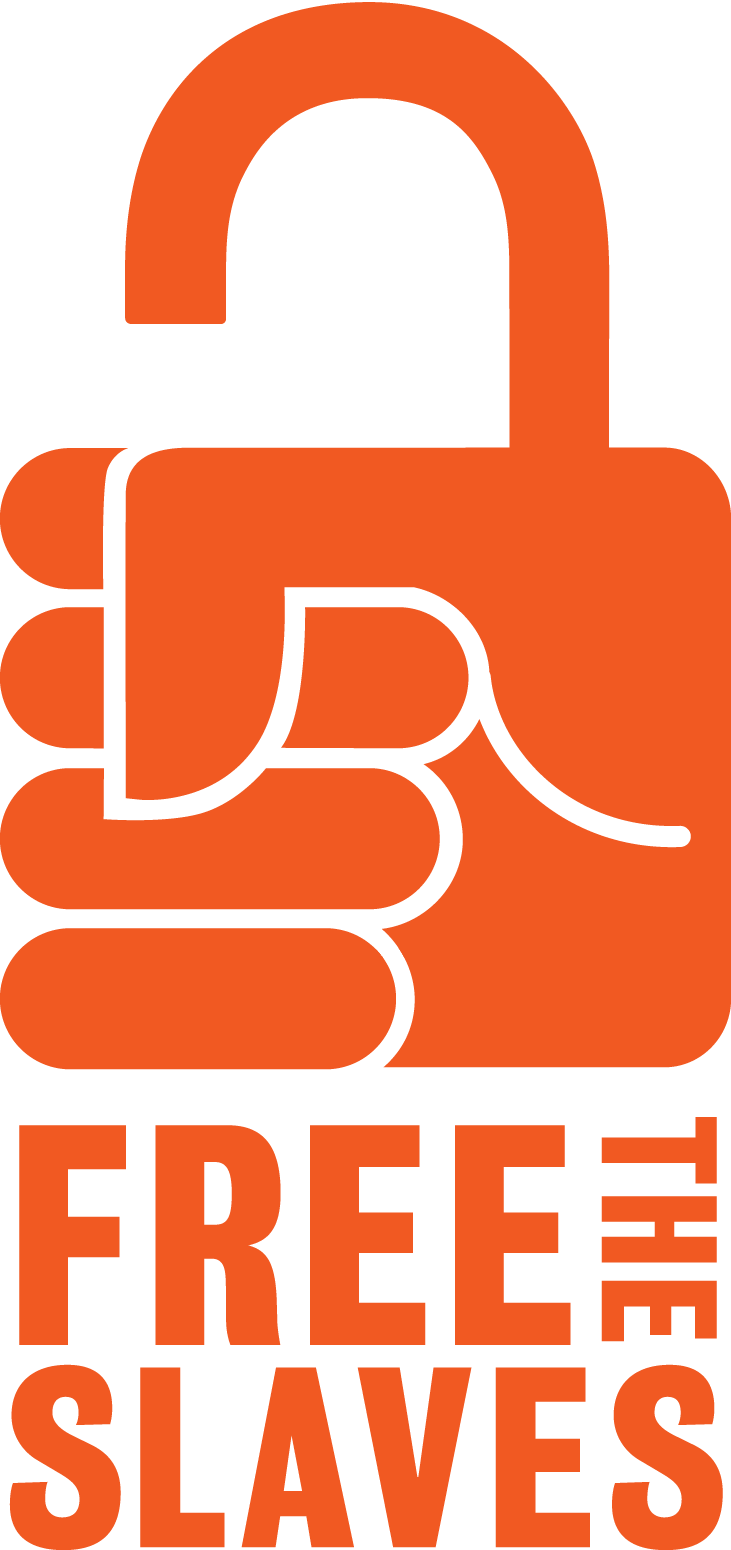
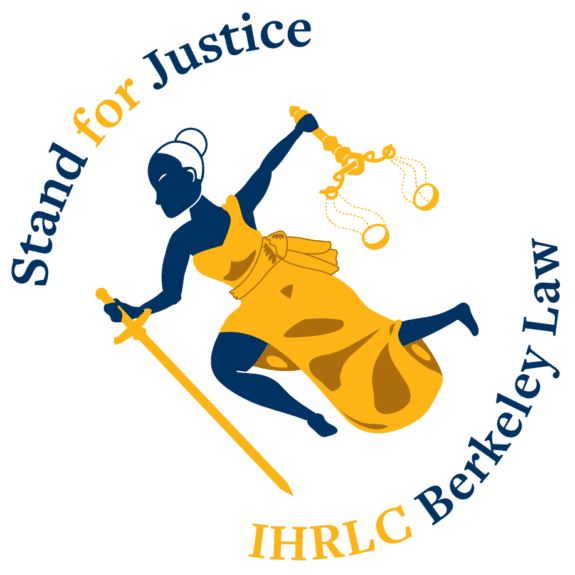
The First U.S. Study of Modern Slavery
The Human Rights Center conducted the first-ever study of modern slavery in the United States, titled “Hidden Slaves.” We examined the numbers, demographic characteristics, and origins of victims and perpetrators of forced labor in the United States, and the adequacy of the U.S. response. Conducted with Free the Slaves, the report documented the nature and scope of forced labor in the United States from January 1998 to December 2003.
California specifically is reported to have one of the highest incidents of human trafficking in the U.S. Drawing from data collected from “Hidden Slaves,” the Human Rights Center also published Freedom Denied: Forced Labor in California in February 2005. The purpose of the report was to provide state legislators and policy-makers with information about the practice of forced labor in California. The report also addressed the need to strengthen criminal sanctions, improve training of law enforcement on how to identify trafficking and forced labor cases, and clarify procedures through which victims can receive appropriate social services and other benefits.
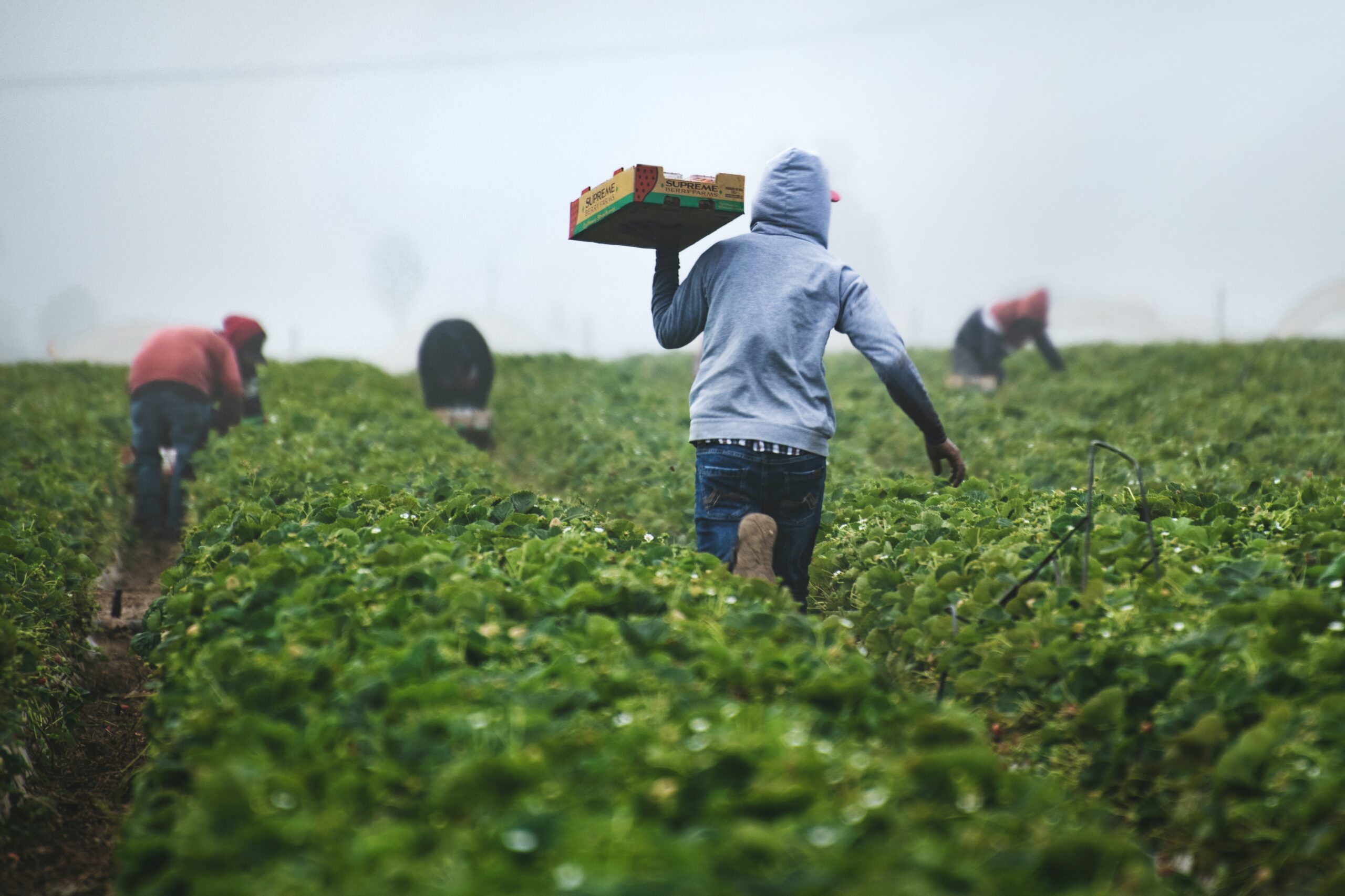
Human Trafficking in California
The Human Rights Center later partnered with Berkeley Law’s International Human Rights Clinic at Berkeley Law to research human trafficking in Alameda and Los Angeles Counties, both central hubs of forced labor in California.
- We studied the first year of the Human Trafficking Bureau of the Los Angeles Sheriff’s Department, an arm of the Los Angeles Regional Human Trafficking Task Force, which brings together investigators, service providers, and prosecutors to investigate and stop human trafficking. The model has the potential to be replicated nationwide to improve investigations of human trafficking and provide support for victims.
- We also interviewed some 50 law enforcement officers and service providers for a Bay Area study, which was the first comprehensive look at anti-trafficking efforts across five Bay Area counties in recent years.
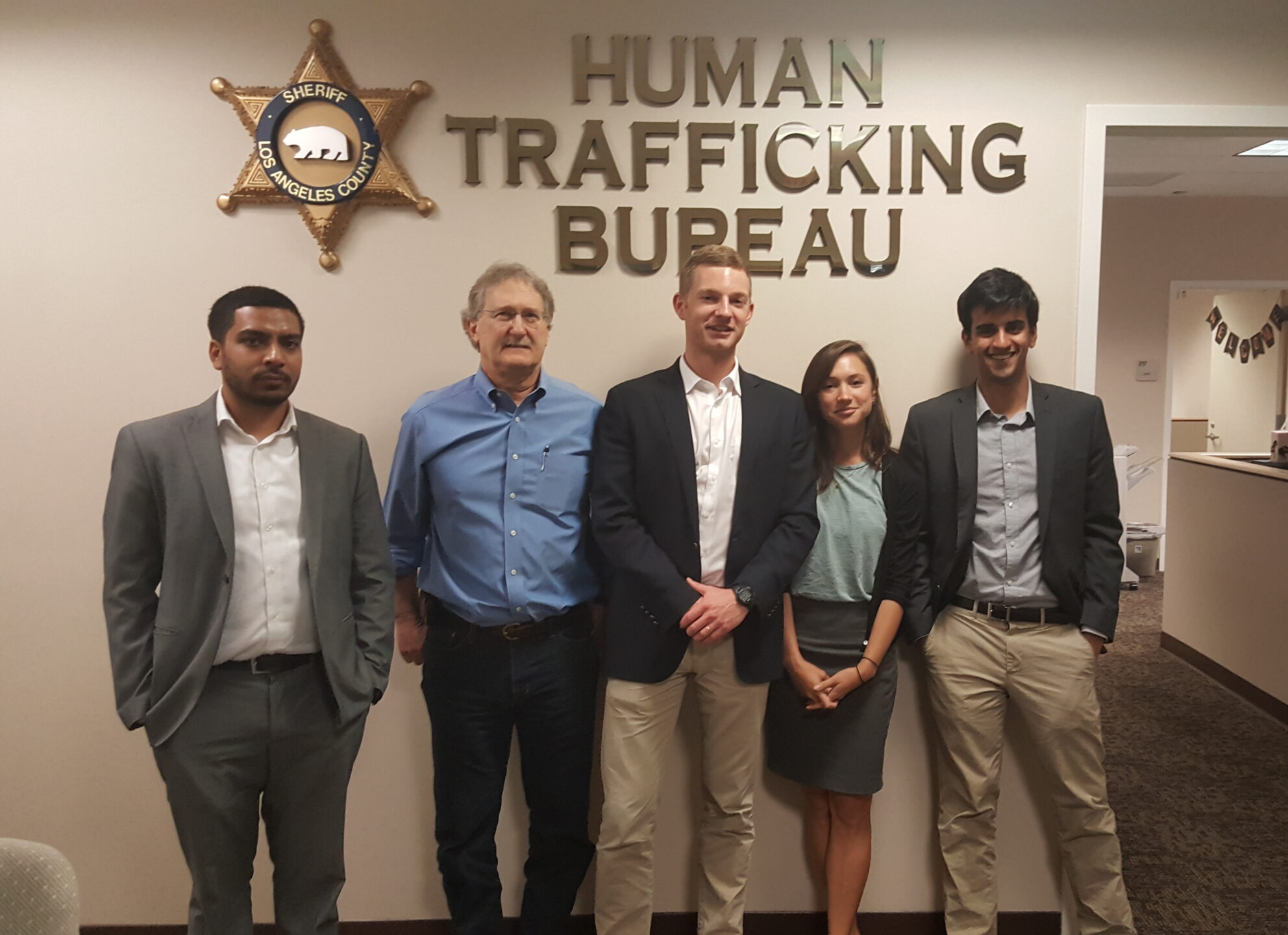
Publications

Sep 12, 2023
Family and Me (FAM) 2.0: A New Model of Foster Care for Youth Impacted by Commercial Sexual Exploitation in San Francisco (Evaluation 1)
View Publication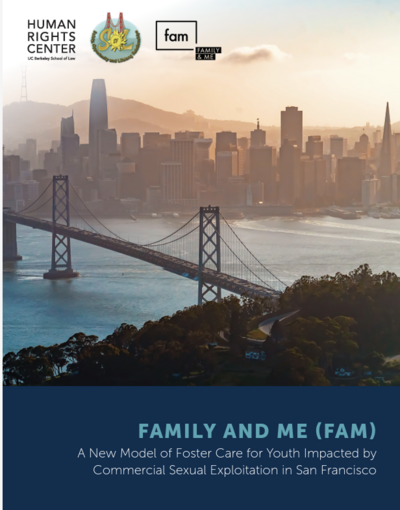
Dec 25, 2022
Family and Me (FAM) A New Model of Foster Care for Youth Impacted by Commercial Sexual Exploitation in San Francisco
View Publication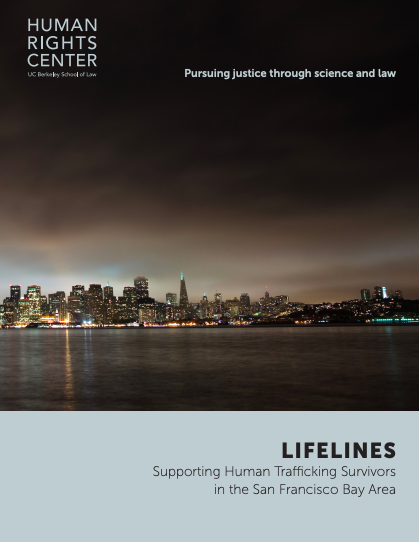
Mar 31, 2018
Lifelines: Supporting Human Trafficking Survivors in the San Francisco Bay Area
View Publication
Oct 31, 2017
Building Trust: Perspectives on a Victim-Centered Approach to Human Trafficking Investigations in Los Angeles County
View Publication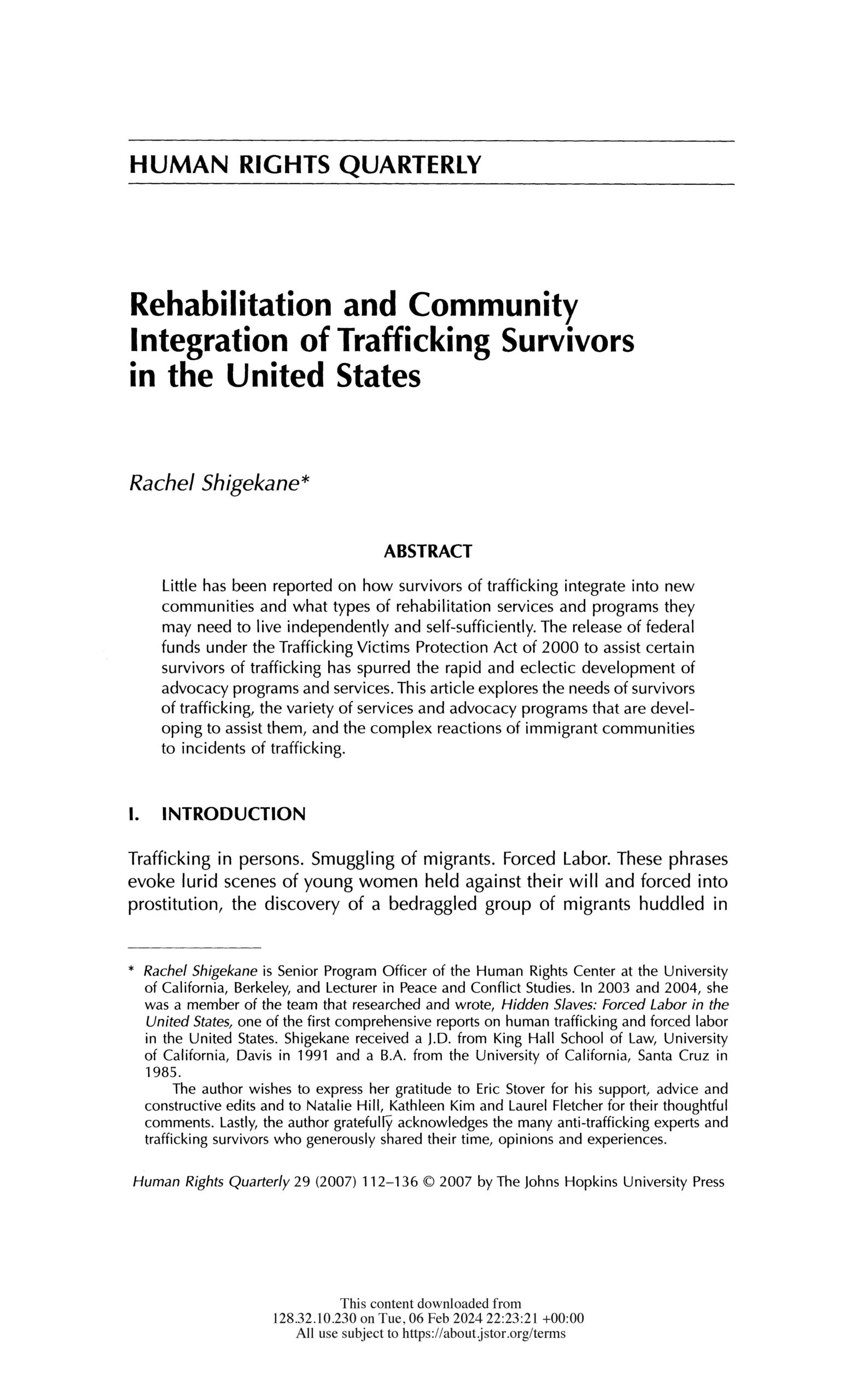
Jan 31, 2007
Rehabilitation and Community Integration of Trafficking Survivors in the United States
View Publication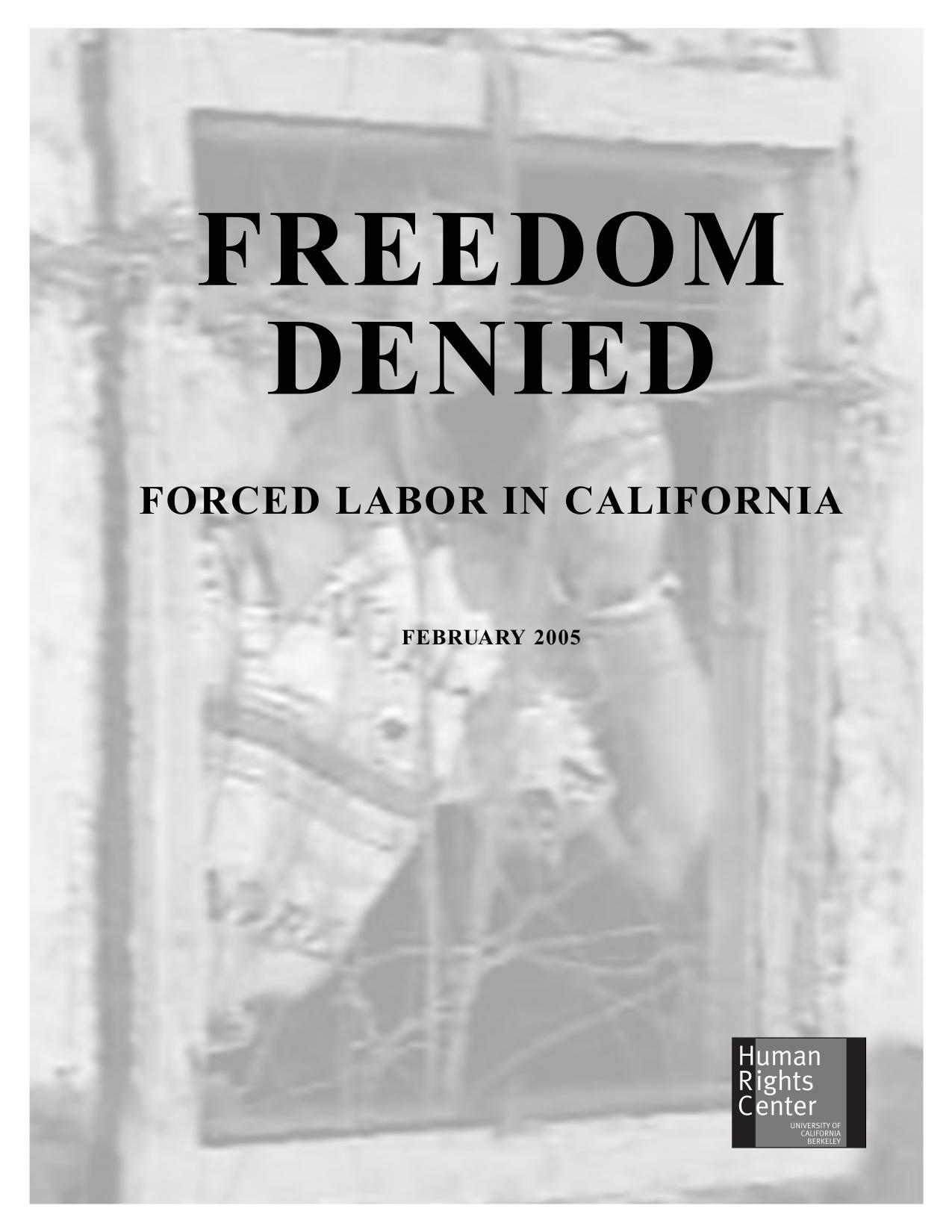
Jan 31, 2005
Freedom Denied: Forced Labor in California
View Publication
Aug 31, 2004
Hidden Slaves: Forced Labor in the United States
View PublicationNews
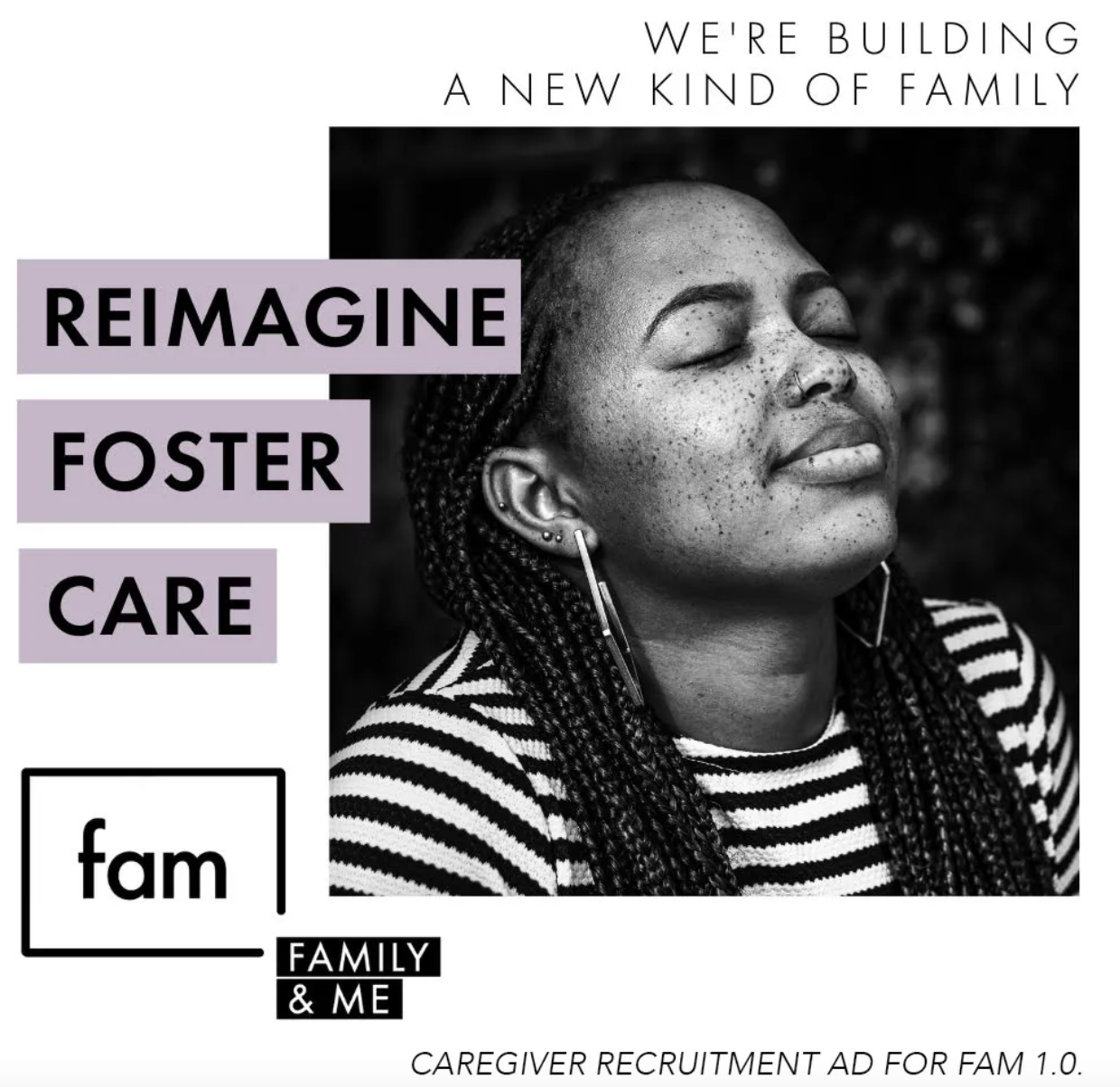
April 11, 2023
Five lessons on housing for youth impacted by commercial sexual exploitation
Commentary — #Verified from the Human Rights Center: Five lessons on housing for youth impacted by commercial sexual exploitation, authored by Julie Freccero and Audrey Taylor.
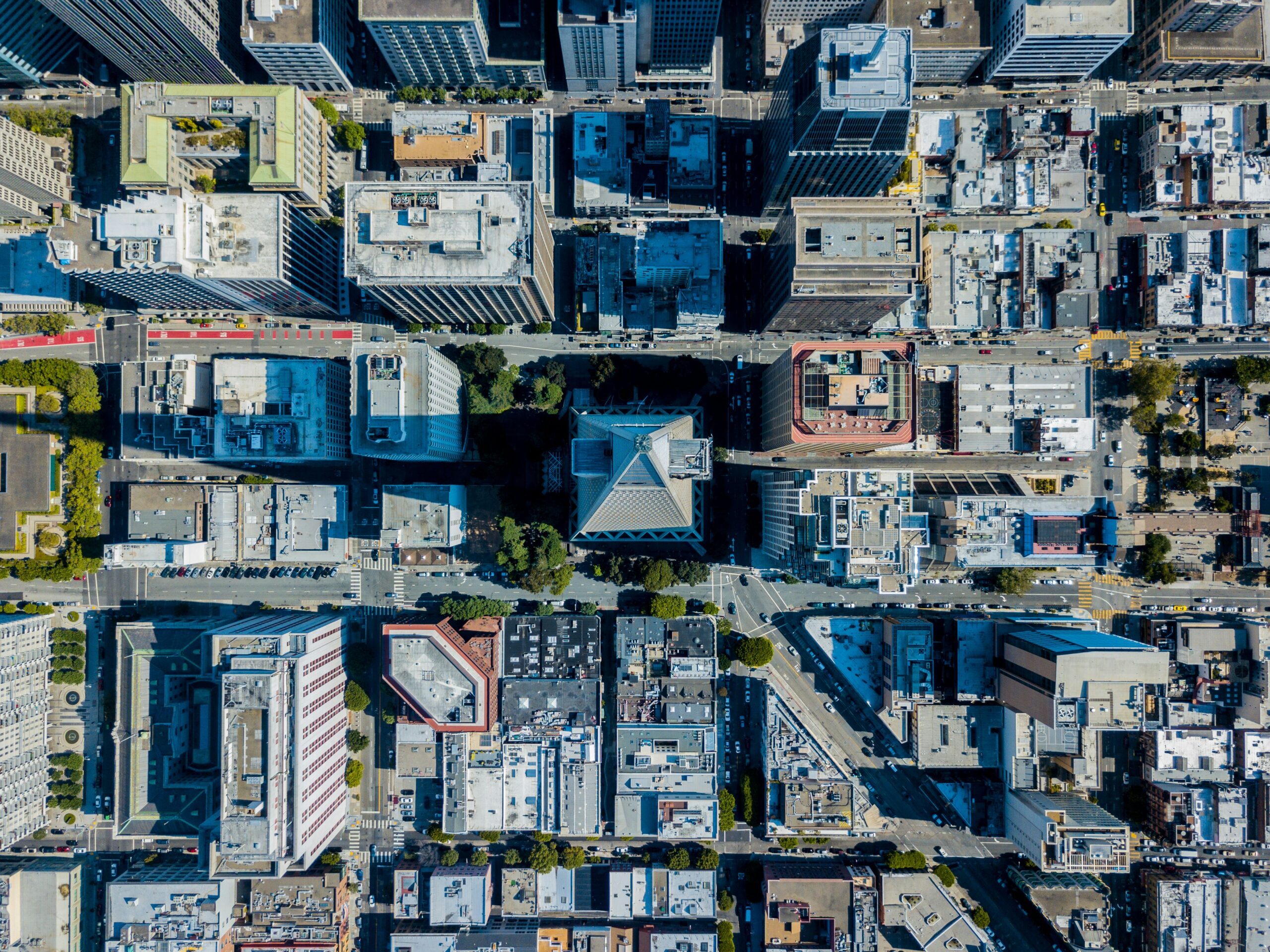
April 1, 2018
Lifelines: Supporting Human Trafficking Survivors in the San Francisco Bay Area
HRC in the News — Berkeley Law: Lifelines: Supporting Human Trafficking Survivors in the San Francisco Bay Area, writing about the report “Hidden Slaves: Forced Labor in the United

November 1, 2017
HRC in the News — Berkeley Law: Building Trust: Perspectives on a Victim-Centered Approach to Human Trafficking Investigations in Los Angeles County, writing about the report “Hidden Slaves:
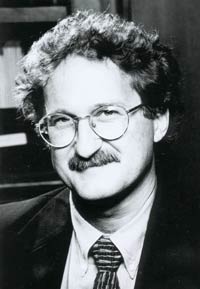
September 1, 2004
Modern slavery thriving in the U.S.
HRC in the News — Berkeley News: Modern slavery thriving in the U.S., writing about the report “Hidden Slaves: Forced Labor in the United States.”
